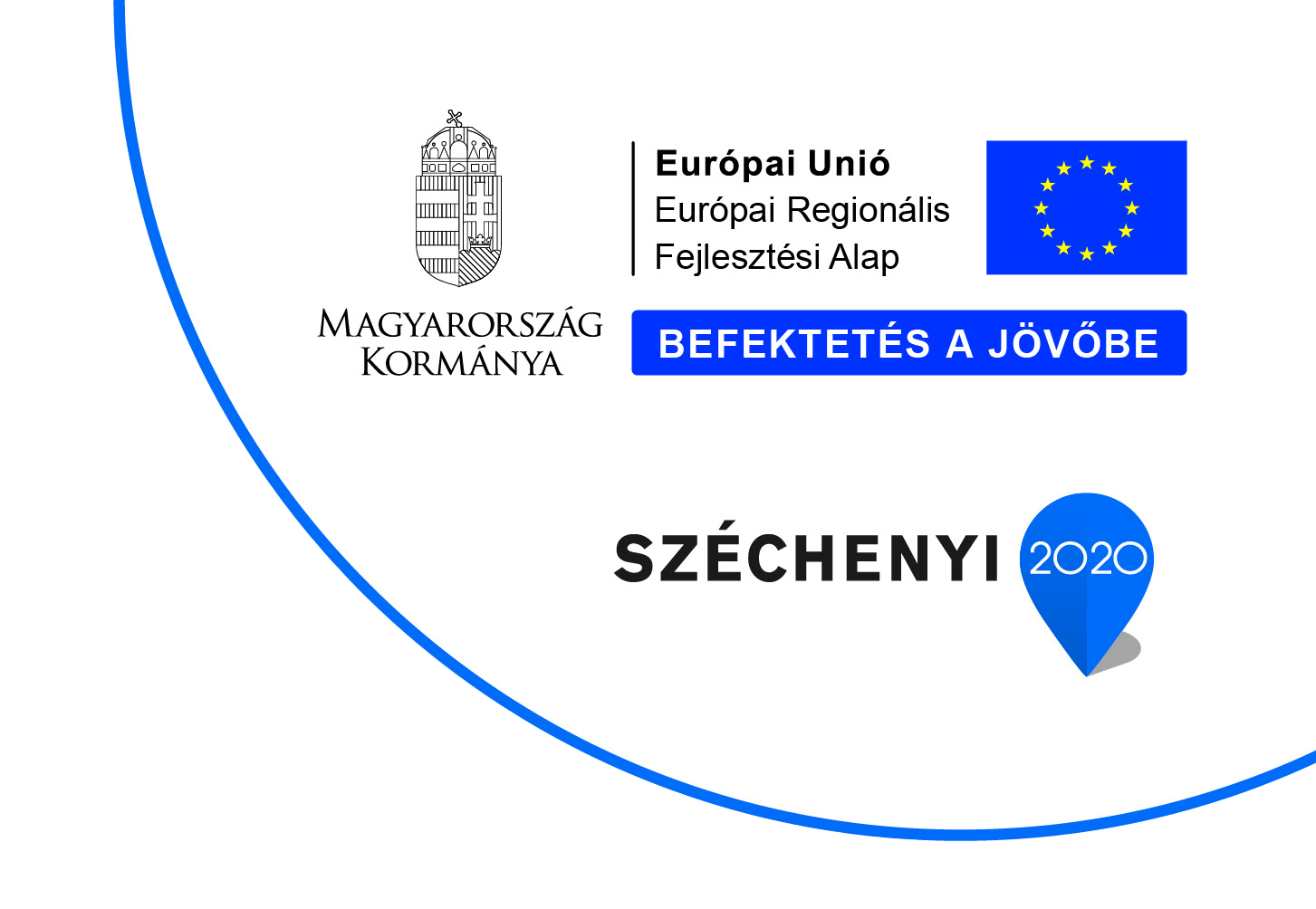The reduction of nitriles is one of the most common route to synthesize primary amines, which are key intermediates in fine-chemical, pharmaceutical, and agricultural industries. Both direct (employing H2 gas) and transfer hydrogenation can be used for this purpose. The latter is a rapidly growing field taking into account green chemistry and economic considerations, avoiding the handle of hazardous hydrogen gas. By considering the last restriction, smart systems with in situ H2 gas production could be also an alternative solution.
Download- Home › Application notes ›
- Fast and continuous transfer hydrogenation of aromatic nitriles to amines

